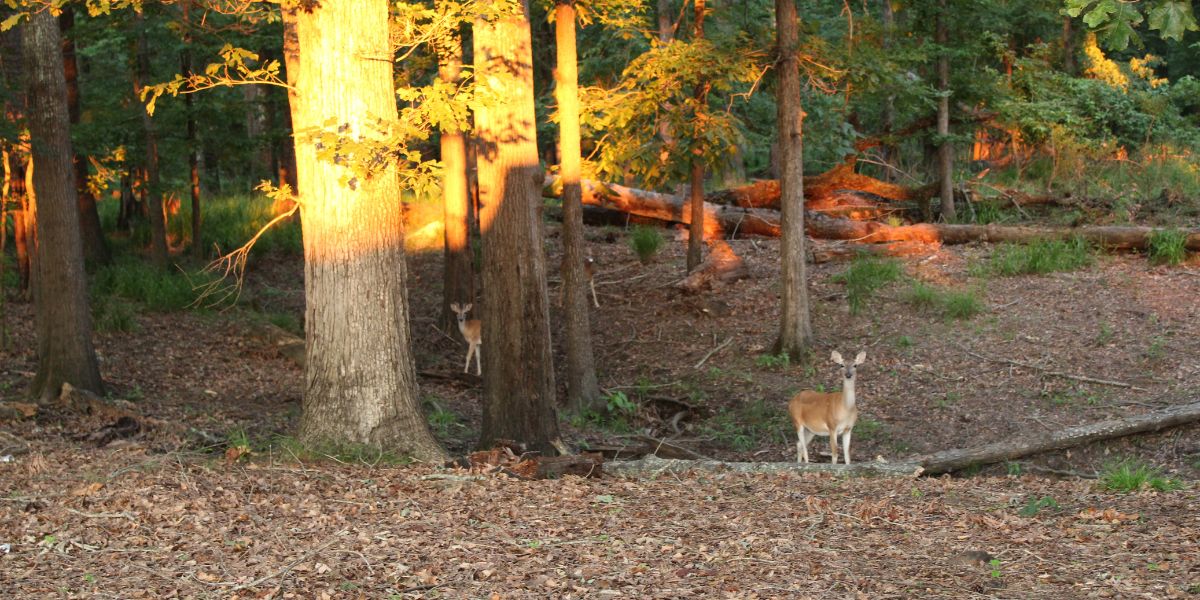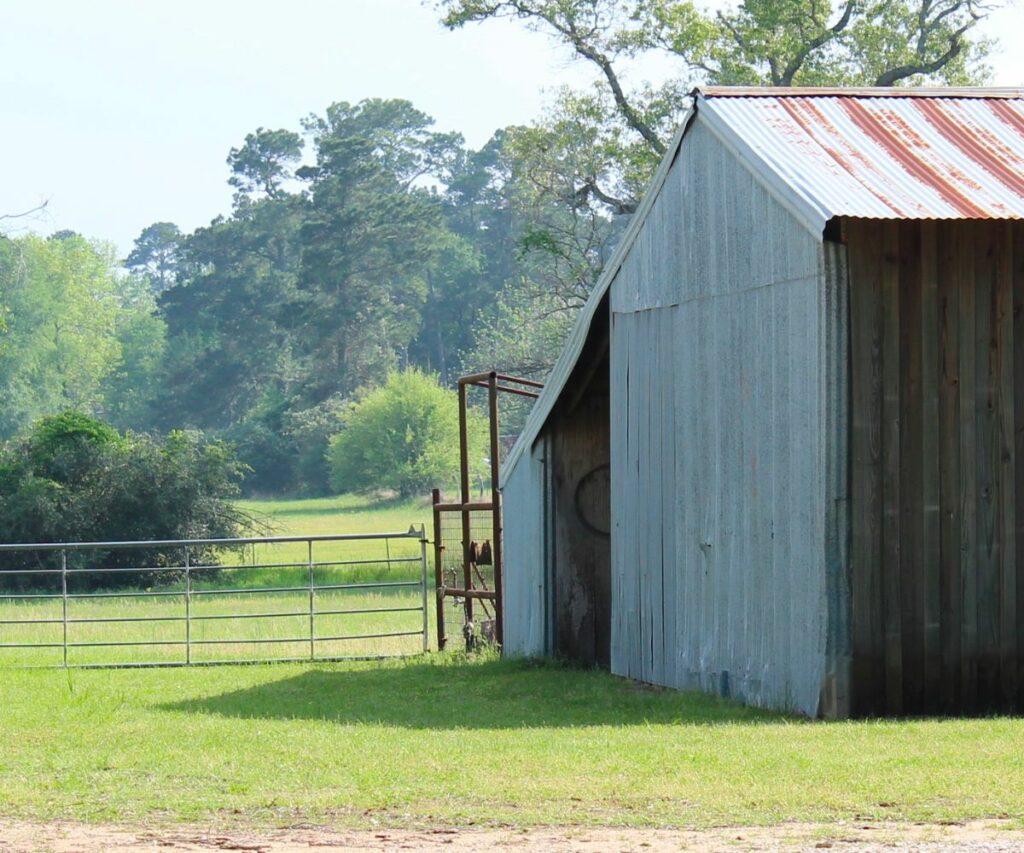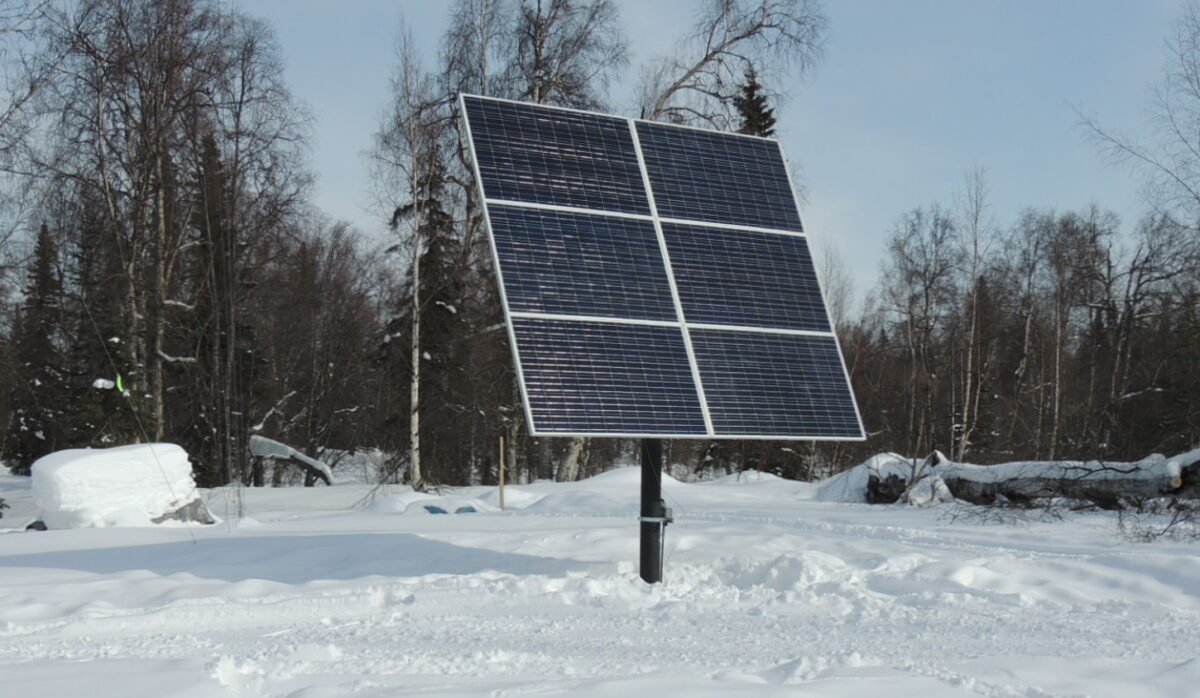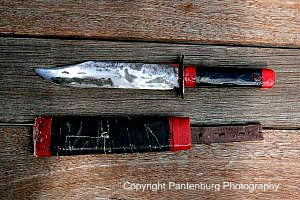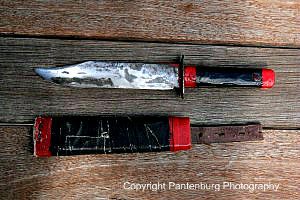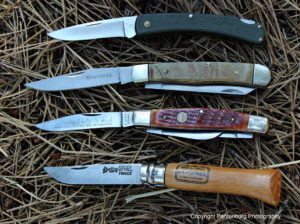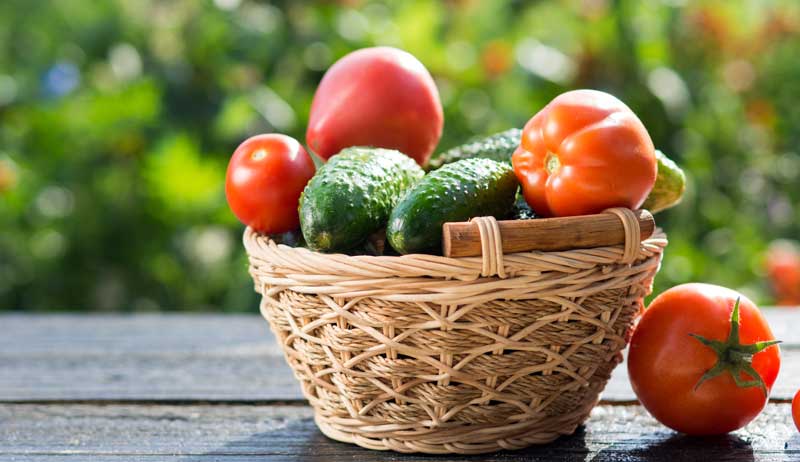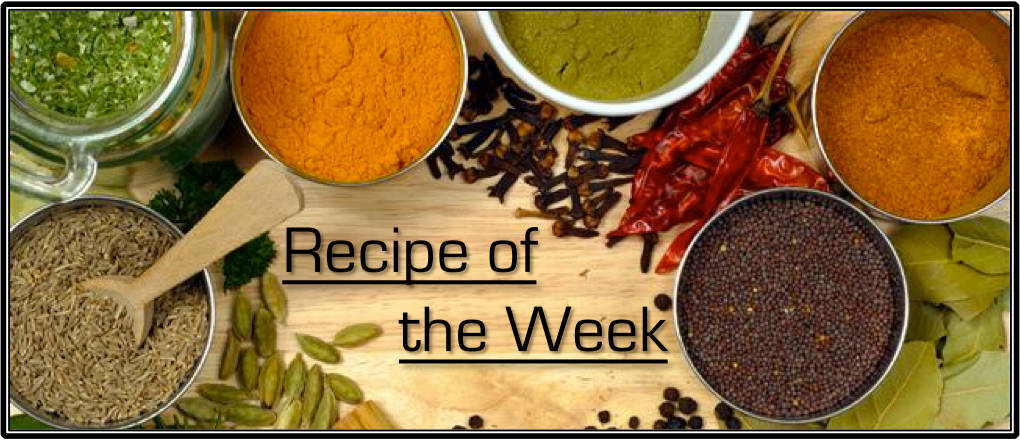Purely Alpaca Outdoor Adventure Socks are made with a warm, comfortable, moisture-wicking, odor-resistent blend of alpaca, microfiber, nylon, and lycra. They are machine washable and tumble dryable.
They are priced at $25.95 a pair at the time of this writing from purelyalpaca.com. You may want to think about trying a pair.
The Backstory
My buddy from high school and I have been through a lot together. I was with him when he broke his arm. He was with me when I ricocheted an arrow off a snowman and into the side of my parent’s above-ground swimming pool. I was the best man at his wedding. He was the best man at my wedding. He had a daughter on my birthday. I had a daughter on his birthday. We have quite a bit of shared experience.
A few years ago, my friend began telling me about his wonderful alpaca socks. He said that they were so breathable that he could wear them summer or winter, that they were so odor-resistant that he could wear them a week at a time without laundering, and that they were by far the most comfortable socks that he had ever owned.
I was intrigued, because I love a good pair of socks. I began keeping my eyes open for an opportunity to give a pair of alpaca socks a try.
Recently, I ran across purelyalpaca.com online. Their outdoor adventure socks looked very interesting. So I sent them a message, asking if I could try out a pair. They were kind enough to agree. About a week later, a package arrived in the mail.
Opening the Package
The socks arrived in a USPS First Class Package. The return address was Purely Alpaca, 1444 Main St. #308, Ramona, CA 92065.
The labeling on the socks indicated that they are made in the USA. It also stated, “Alpaca is an excellent choice for warm docks due to its strength and hollow insulating core. These socks are made with a terry inner design for added warmth and comfort.” The wholesaler was identified as Choice Alpaca Footwear, PO Box 8598, La Jolla, CA 92038.
First Impressions
The outside of the socks felt very smooth and soft, and the terry design on the inside was quite cushiony. I pulled the socks on. They were very soft, warm, and breathable. I had the impression that they would make an excellent pair of slippers.
 At first, I thought they might be a little thick for everyday wear. But as I wore them every day for a week, I found them to be extremely comfortable under a variety of shoes and boots during a variety of weather conditions. They remained odor-free throughout a full week of wear, washed up nicely in the laundry, and were soon ready for another week of wear.
At first, I thought they might be a little thick for everyday wear. But as I wore them every day for a week, I found them to be extremely comfortable under a variety of shoes and boots during a variety of weather conditions. They remained odor-free throughout a full week of wear, washed up nicely in the laundry, and were soon ready for another week of wear.
When I put them on for a second week of wear, I was again impressed by how comfortable they are.
I…

